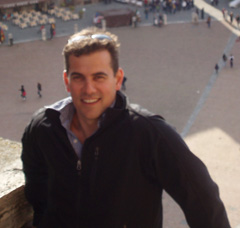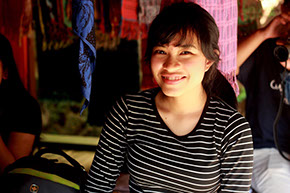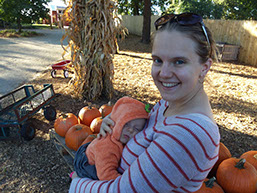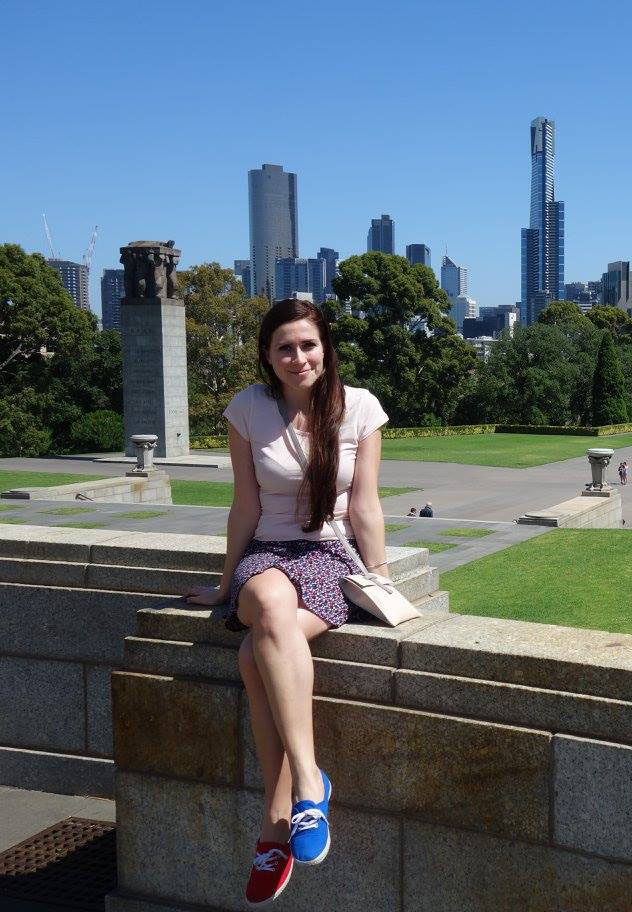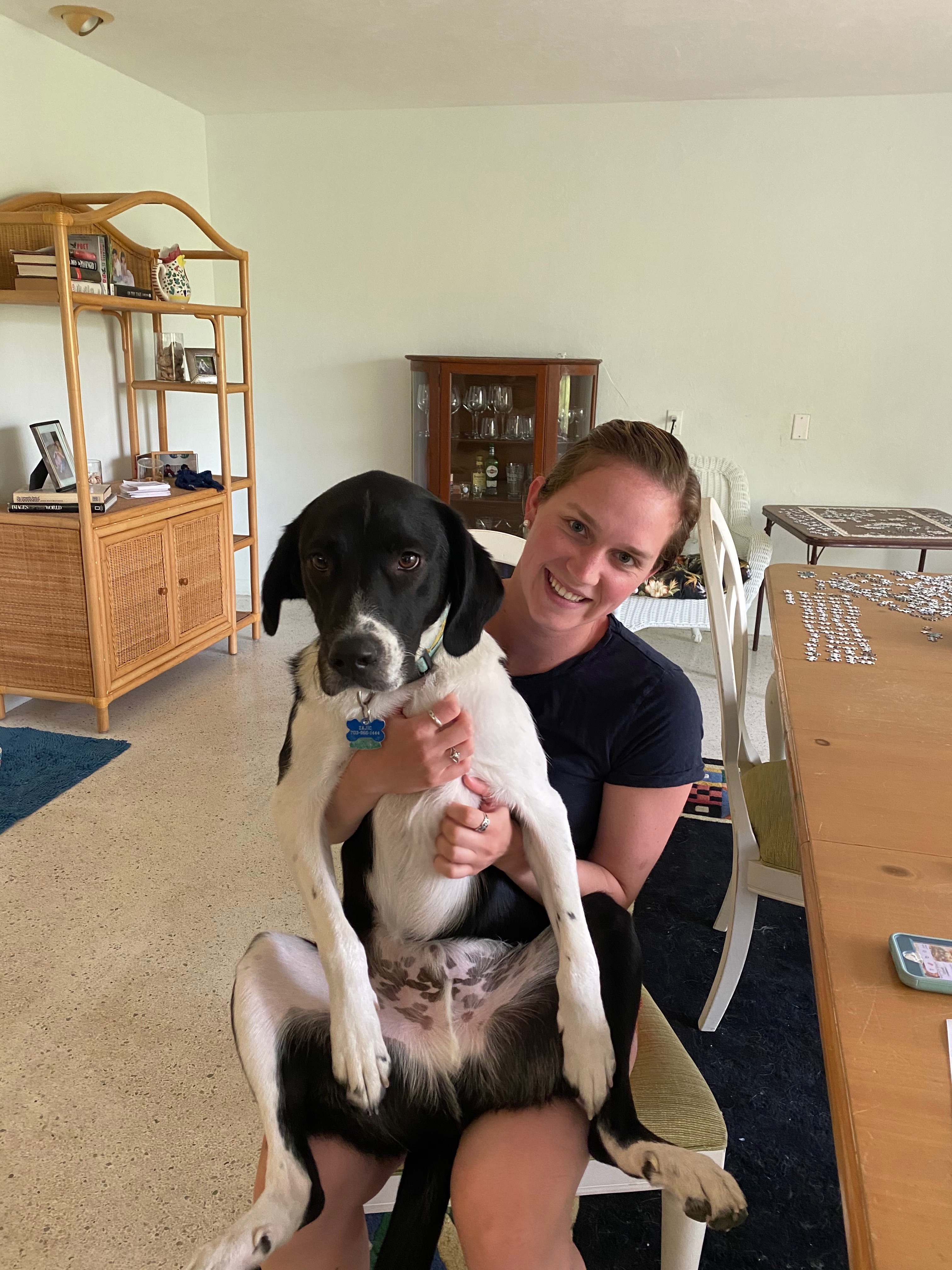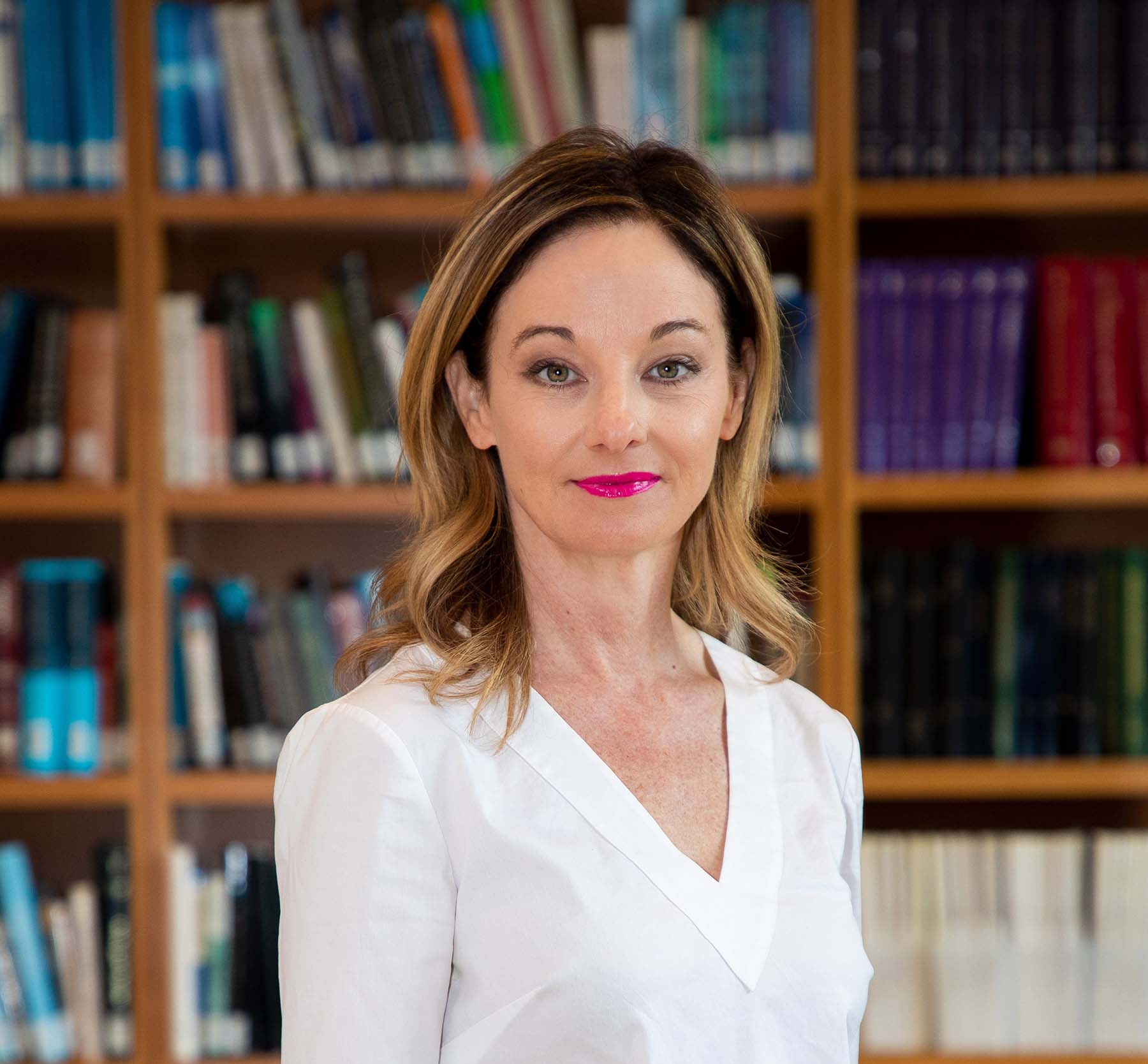Lab Members
Research in the Trainor laboratory focuses on the role of neural crest cells in vertebrate development, evolution and disease. We seek to understand the mechanisms that regulate neural crest cell formation, migration, and differentiation and to apply this basic knowledge to better understand the etiology and pathogenesis of birth defects as well as develop therapeutic avenues for their prevention. We are particularly interested in craniofacial development and currently study neurocristopathies such as Treacher Collins syndrome, Acrofacial Dysostosis - Cincinnati type, cleft lip and palate, and Syngnathia. However we also study the roles of neural crest cells in congenital disorders of the heart and gastrointestinal tract, such as persistent truncus arteriosus and Hirschsprung disease respectively. We use mouse and zebrafish as our primary genetic models, but also utilize chameleons, chickens and lizards in our experimental studies.
I very much enjoy working in a collegial environment and using my molecular biology background to advance the lab’s research of neural crest cell development.
I am interested in understanding the events that lead to tissue-specific cell death in neurocristopathies, such as defects in DNA damage responses.
Neural crest cells have been studied extensively across model organisms and several evolutionary clades. As we are starting to gain a better genetic and molecular understanding for the signaling that undergoes in different model organisms as neural crest lineage becomes established and cells start migrating, we are finding inconsistent phenotypic differences between the genetic studies done in different model systems. Furthermore, some of the key questions remain unanswered. How early do cells become committed to the neural crest linage? What genes are involved in that process? Thus, I am hoping to better understand the early molecular events that lead to the establishment of the neural crest cell lineage in mouse.
Society for Developmental Biology Emerging Models Grant.
2022 Leading Edge Fellow.
Society for Developmental Biology Emerging Models Grant.
2022 Leading Edge Fellow.
The goal of my research is to gain a better understanding of the genetic factors playing a role in orofacial clefts, the most common presentation of congenital craniofacial anomalies. My project will examine key cellular and molecular mechanisms during development that, when disrupted, lead to abnormal palatogenesis and cleft palate phenotypes. The ultimate goal of this work is to improve the identification of at-risk individuals and inform future therapeutic approaches.
The goal of my research is to gain a better understanding of the genetic factors playing a role in orofacial clefts, the most common presentation of congenital craniofacial anomalies. My project will examine key cellular and molecular mechanisms during development that, when disrupted, lead to abnormal palatogenesis and cleft palate phenotypes. The ultimate goal of this work is to improve the identification of at-risk individuals and inform future therapeutic approaches.
Craniofacial development is perhaps one of the most intricate and intriguing processes of development. Not only does it require an orchestration of pertinent signaling interactions and cellular dynamics to ensure proper development, but it also involves the artistic interpretation of genetic and environmental inputs to generate the features unique to each of our faces. As a lab we study neural crest cells which give rise to the craniofacial bone and cartilage. My project is specifically focused on understanding the signals and cellular changes required to achieve a key step in neural crest cell development – epithelial to mesenchymal transition.
Predoctoral National Service Research Award (F31).
Predoctoral National Service Research Award (F31).
My project aims to understand the development process of the peripheral nervous system derived from neural crest cells. By focusing on studying the functional proteins involved in this process and investigating their molecular interactions, our goal is to uncover crucial insights into the pathology of neurocristopathies. This knowledge has the potential to contribute to advancements in diagnosing and treating these congenital diseases.
The goal of myPhD project is to identify genetic mechanisms underpinning the phenotypic variability in craniofacial diseases, such as Treacher Collins syndrome, using the mouse model. Essential for improving the prognosis of affected individuals, and the advancement of prospective preventive treatments, is a deeper understanding of the fundamental mechanisms that regulate craniofacial development. Therefore, I am also interested in defining the role of the DNA damage response pathway in neural crest cells during craniofacial development and disease.
I have been the senior administrative assistant in the Trainor Lab since May 2007. My responsibilities include the efficient operations of the lab on a daily basis.
